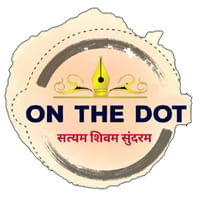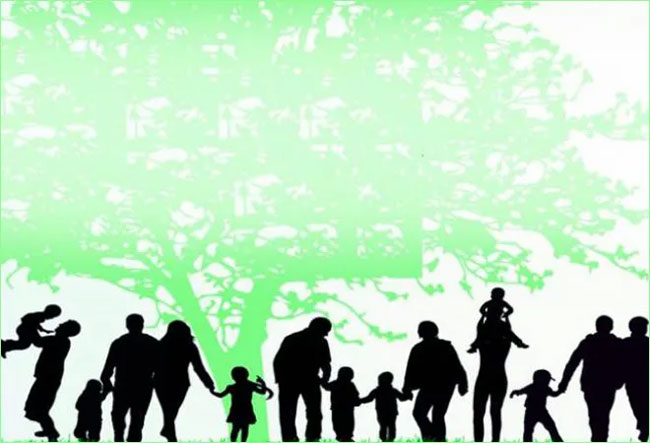Desk:Between 2011-12 and 2022-23, India successfully lifted 171 million people out of extreme poverty. The World Bank shared this information in its report on poverty and equity regarding India. It stated, “Over the past decade, India has significantly reduced poverty. The proportion of people living in extreme poverty — defined as living on less than $2.15 per day — has dropped from 16.2% in 2011-12 to 2.3% in 2022-23. As a result, 171 million people have moved above the poverty line.”
According to the report, “In rural areas, extreme poverty declined from 18.4% to 2.8%, while in urban areas, it decreased from 10.7% to 1.1%. The rural-urban gap has narrowed from 7.7% to 1.7%, reflecting an annual decline of 16%.” The report also mentioned that India has now entered the lower-middle-income category. Using the lower-middle-income poverty line of $3.65 per day, poverty has declined from 61.8% to 28.1%, helping 378 million people move out of poverty.
How much has rural poverty decreased?
During this period, rural poverty fell from 69% to 32.5%, while urban poverty dropped from 43.5% to 17.2%. The rural-urban poverty gap reduced from 25% to 15%, with an annual decline of 7%. According to the report, in 2021-22, five of India’s most populous states (Uttar Pradesh, Maharashtra, Bihar, West Bengal, and Madhya Pradesh) accounted for 65% of the population living in extreme poverty. By 2022-23, these states contributed to two-thirds of the reduction in extreme poverty. However, they still account for 54% of India’s extremely poor population (as of 2022-23) and 51% of the multidimensionally poor population (2019-21).
What about employment?
The report noted that the non-monetary poverty index, measured by the Multidimensional Poverty Index (MPI), dropped from 53.8% in 2005-06 to 16.4% in 2019-21. Employment growth has surpassed the working-age population growth since 2021-22, particularly with rising employment rates among women. Urban unemployment fell to 6.6% in the first quarter of 2024-25, the lowest since 2017-18. However, challenges remain: youth unemployment stands at 13.3%, and among higher education graduates, unemployment is around 29%. Only 23% of non-agricultural paid jobs are in the formal sector, while most agricultural employment remains informal.
What does the report say about women?
Self-employment is increasing, especially among rural workers and women. Despite a 31% employment rate among women, gender disparity persists, with men being more likely to have paid jobs.
The World Bank’s Poverty and Equity Brief provides trends in poverty, shared prosperity, and inequality across over 100 developing countries. These briefs are issued twice a year by the World Bank Group and the International Monetary Fund and help understand a country’s poverty and inequality context.




